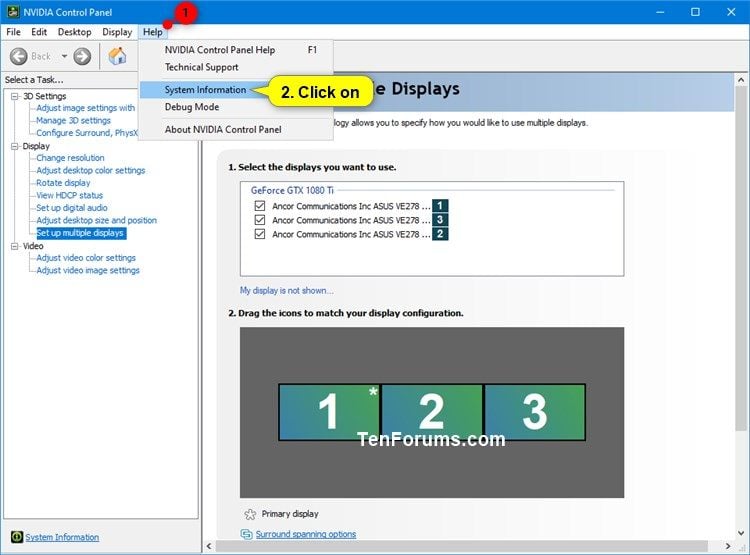
There is a way to directly tweak the underscan/overscan on Linux by modifying values in the "PCSDB" (Persistent Configuration Store Database).

It also seems to be a fairly unique decision among graphics driver developers, as I can't reproduce the weirdness on a number of other non-AMD devices: Android tablets, Nvidia cards, and Intel on-chip graphics.

I don't agree with the policy, but that's the way it is. So they are sticking to their guns on underscanning by default on HDMI to ensure that nobody gets stuck with a desktop that's too big for their screen (with UI elements hanging "off the screen"). The argument is that if the desktop is too large, then the user can't see where the Catalyst icon is or the start menu, and they therefore can't navigate the UI in order to make the appropriate change. The basic idea is that AMD would rather underscan some people whose HDMI displays don't overscan, and create too small of a picture (blank spaces around the picture), rather than not underscan and cause people whose displays always overscan (with no setting to change it and incorrect EDID information) to have the desktop display too large. Please enable Windows Update to allow it to automatically detect and install display driver version 8.'ve had extensive discussion about the overscan/underscan dilemma with AMD developers who work on the Catalyst drivers. Please enable Windows Update to allow it to automatically detect and install display driver version 8.970.100.9001ĭriver support for these products under Windows® 8.1 and Windows® 10 is only available via Windows Update. The last operating system supported using the AMD drivers was Microsoft Windows® 8 with the AMD Catalyst 13.1 driver package, which can be downloaded from the AMD Driver page : /en-us/downloadĭriver support for these products under Windows® 8.1 and Windows® 10 is only available via Windows Update.

No additional driver releases are planned for these products. Microsoft will install a basic driver that will give minimal function, allowing normal everyday use, but no intensive programs.ĪTI Radeon™ HD 4000/ATI Mobility Radeon™ HD 4000, ATI Radeon™ HD 3000/ATI Mobility Radeon™ HD 3000, and ATI Radeon™ HD 2000/ATI Mobility Radeon™ HD 2000 Series Graphics reached peak performance optimization in October, 2013. AMD has no support for the HD4000 series graphics cards under Windows 10.


 0 kommentar(er)
0 kommentar(er)
